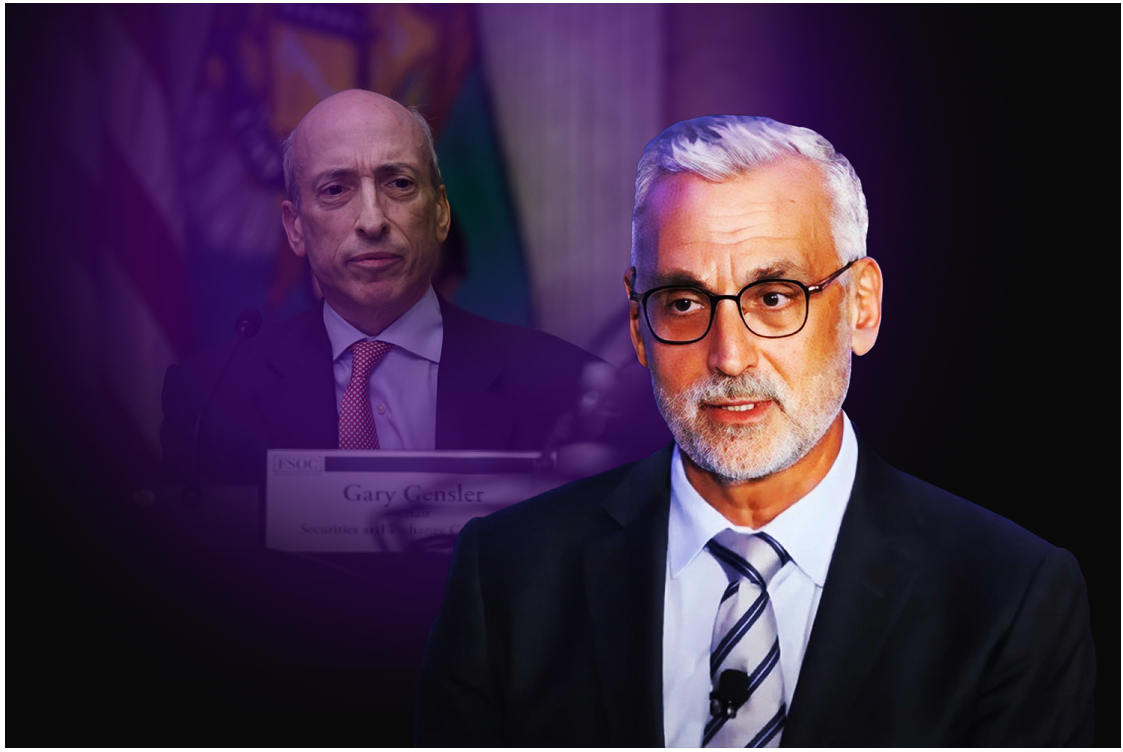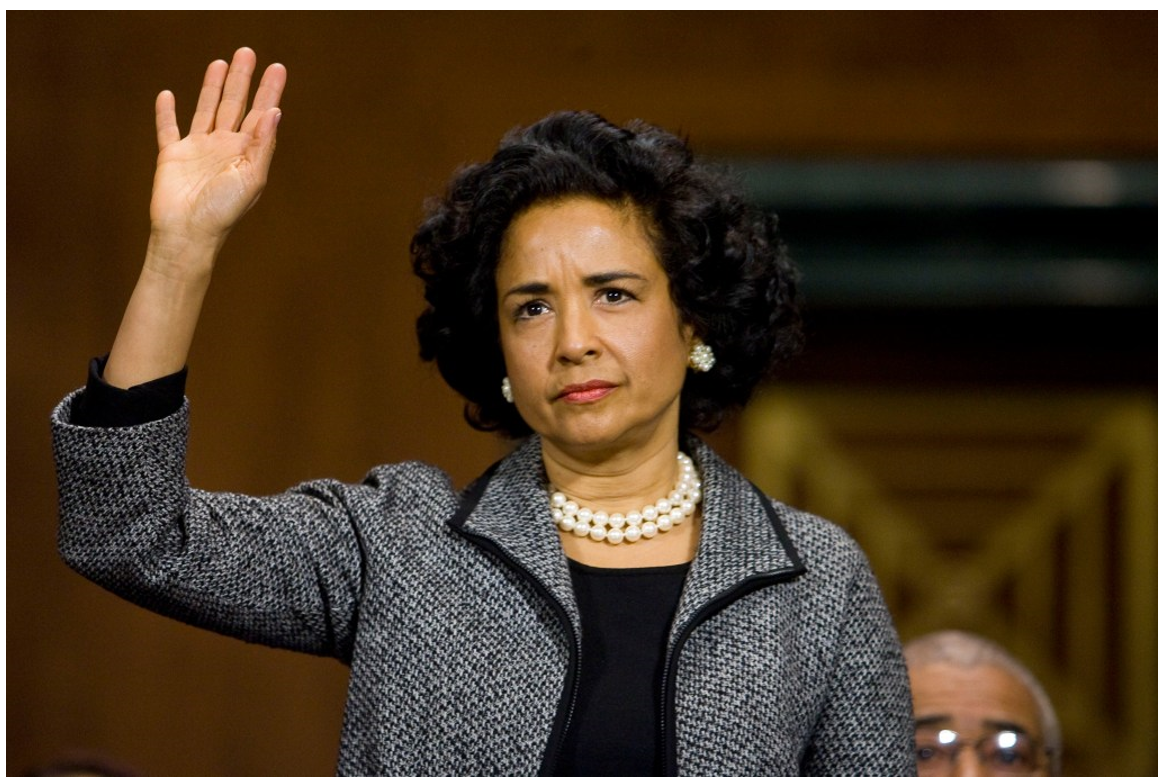Trending Now
- 1KOSPI
8
- 2Hollywood
8
- 3KOSDAQ
7
- 4shutdown
-2
- 5Bitcoin
-1
- 6ETF
4
- 7Mastercard
3
- 8dollar
2
- 9Ethereum
1
- 10stablecoin

On December 22, 2020, the U.S. Securities and Exchange Commission (SEC) filed a lawsuit against Ripple and its executives. The SEC's core argument was that XRP issued by Ripple constituted an unregistered security. When this news broke, the cryptocurrency market was shocked. Ripple's price plummeted, and major U.S. exchanges rushed to delist XRP.
Many experts predicted this lawsuit would spell the end for Ripple. The company faced potential expulsion from the world's largest financial market. But Ripple didn't give up. Instead, it demonstrated remarkable resilience, turning this crisis into a new opportunity.

Major exchanges suspended XRP trading immediately after the SEC filed its lawsuit. When the SEC filed the lawsuit in December 2020, Ripple was widely considered to have received a death sentence, at least within the United States.
To understand the essence of this lawsuit, we first need to examine its background. The SEC's targeting of Ripple was no mere coincidence. It represented a symbolic clash between blockchain-based financial innovation and the existing regulatory framework.

Former SEC Chairmen Jay Clayton (left) and Gary Gensler (right). Clayton filed the Ripple lawsuit one day before leaving office, and his successor Gensler continued pursuing the case. (Source: WSJ)
The SEC's argument consisted of four main pillars. First, that XRP inherently possessed the characteristics of a security; second, that it was sold in an unregistered state; third, that Ripple's executives should be held accountable; and finally, that such regulation was essential for investor protection. The SEC particularly emphasized that Ripple's executives had personally gained substantial profits, seeking to establish their individual responsibility.
The SEC's argument was based on the "Howey Test," a securities determination standard. Established by the U.S. Supreme Court in 1946, this criterion has become the most important standard for determining whether an investment product constitutes a security. According to the Howey Test, a product is considered a security if it meets all four of the following conditions:
The SEC argued that XRP qualified as a security because Ripple Labs sold XRP while leading investors to expect profits, and these profits would result from the efforts of Ripple Labs as a company.
Ripple's counterargument was systematic and powerful. Ripple contended that XRP was not a security but a "digital asset," basing this claim on three core arguments.
First, XRP existed before Ripple Labs as a company, and the XRP Ledger could continue to function even if Ripple Labs disappeared. They explained this principle as similar to how email protocols are not dependent on any specific company.
Second, Ripple emphasized that XRP's primary use was not investment but international remittance and payments. They presented evidence that numerous financial institutions worldwide were using XRP as a means of remittance.
Third, they argued that the SEC's sudden change in position after not considering XRP a security for eight years violated the principle of "fair notice." This legal principle requires the government to provide market participants with sufficient advance notice when implementing regulations.

Ripple Labs Chief Legal Officer (CLO) Stuart Alderoty. He saved Ripple by leading the largest lawsuit in cryptocurrency history to a partial victory. (Source: DailyCoin)
The 2.5-year legal battle with the SEC before the first ruling unfolded like a drama. When the lawsuit began, many U.S. exchanges suspended XRP trading, and Ripple's U.S. business took a significant hit. However, Ripple continued to steadily grow in the global market despite these adversities.
The first major turning point came in late 2021. Ripple requested disclosure of internal SEC documents, and the court granted this request. Of particular interest were documents related to former SEC Director Hinman's 2018 speech on Ethereum. In this speech, Hinman mentioned that Ethereum was not a security, and the basis and process for this determination compared to XRP's case became an important issue.
Throughout 2022, expert testimony and internal document reviews were conducted in earnest, and several interim rulings began to form a favorable trend for Ripple. Ripple's greatest strength was its "substantive use cases." Ripple had partnerships with hundreds of financial institutions worldwide, and XRP was actively being used for international remittances. This supported Ripple's claim that XRP was not merely an investment product but a digital asset with practical utility.

As the lawsuit complicated U.S. operations, Ripple steadily expanded its global market presence, efforts that ultimately proved advantageous in the legal proceedings.
On July 13, 2023, Judge Analisa Torres issued the first ruling on the Ripple lawsuit. The essence of the ruling was that "XRP itself is not a security." While the court found violations of securities law in sales to institutional investors, it ruled that transactions on general exchanges were not subject to securities law.
The ruling became an important milestone not only for Ripple but for the entire cryptocurrency industry, with significance in three aspects.
First, it presented the first concrete legal guidelines for digital assets. In her ruling, Judge Torres provided clear criteria for when digital assets are considered securities and when they are not. This became important guidance for other cryptocurrency projects.
Second, it recognized that a digital asset's nature can change with time and circumstances. That is, even if it initially had the characteristics of a security, its nature could change once it became sufficiently decentralized and developed practical use cases. This presented a development model for many cryptocurrency projects.
Third, it demonstrated that U.S. courts are making efforts to understand and accept innovative technology. Judge Torres detailed the characteristics and possibilities of blockchain technology in her ruling, establishing a positive foundation that could be applied to other technological innovations in the industry.
Immediately after the ruling, the cryptocurrency market reacted. XRP's price surged, and major U.S. exchanges began reviewing relisting. Coinbase resumed XRP trading the same day as the ruling, with other major exchanges following suit.
After the ruling, Ripple expanded its business more aggressively, particularly in the United States. Many U.S. financial institutions that had previously hesitated to collaborate with Ripple due to regulatory risks posed by the SEC lawsuit now began actively considering cooperation. The ruling that general exchange transactions were not subject to securities law also positively impacted institutional investment considerations.

In July 2024, Judge Torres reduced the SEC's demanded $2 billion penalty to $125 million. This outcome is widely regarded as essentially a complete victory for Ripple. (Source: New York Post)
More broadly, this ruling marked an important moment for the cryptocurrency industry's entry into mainstream finance. The court's understanding of digital assets' characteristics and reasonable judgment showed hope for more financial innovation in the future.
The SEC lawsuit was a significant ordeal for Ripple but also became an important turning point. Through this process, Ripple grew beyond a simple technology company into a leading firm driving financial innovation based on blockchain technology. Particularly noteworthy was Ripple's crisis response strategy during the lawsuit.
First, Ripple didn't focus solely on legal defense. Rather, it turned difficulties in the U.S. market into opportunities for global market expansion. Even while the lawsuit proceeded, Ripple steadily expanded partnerships in Asia, the Middle East, and South America, ultimately strengthening its global competitiveness.
Second, Ripple never stopped technological development and innovation. Contrary to expectations that the SEC lawsuit would hold Ripple back, Ripple achieved more technological advancements during this period. In particular, concrete achievements in the international remittance market became important evidence supporting Ripple's claims.
Now Ripple is facing a new period of breakthrough. The first ruling in the SEC lawsuit opened new possibilities for the entire cryptocurrency industry beyond a legal victory for a single company. Particularly in 2025, major changes are expected in the global financial environment surrounding cryptocurrencies. Following the Bitcoin and Ethereum ETF approvals and Trump's re-election in 2024, 2025 will see growth in the stablecoin market, Ripple ETF approval, CBDC adoption by central banks worldwide, and the beginning of the SWIFT 2.0 system, all of which will impact Ripple's future.
We'll examine in more detail what opportunities and challenges Ripple will face in this period of change, and what changes these will bring to the international financial ecosystem, in Part 3: "Ripple's Future." In particular, we should pay attention to how the new political environment created by Trump's re-election will affect Ripple and the cryptocurrency industry, and how Ripple can turn this into an opportunity for new breakthrough.